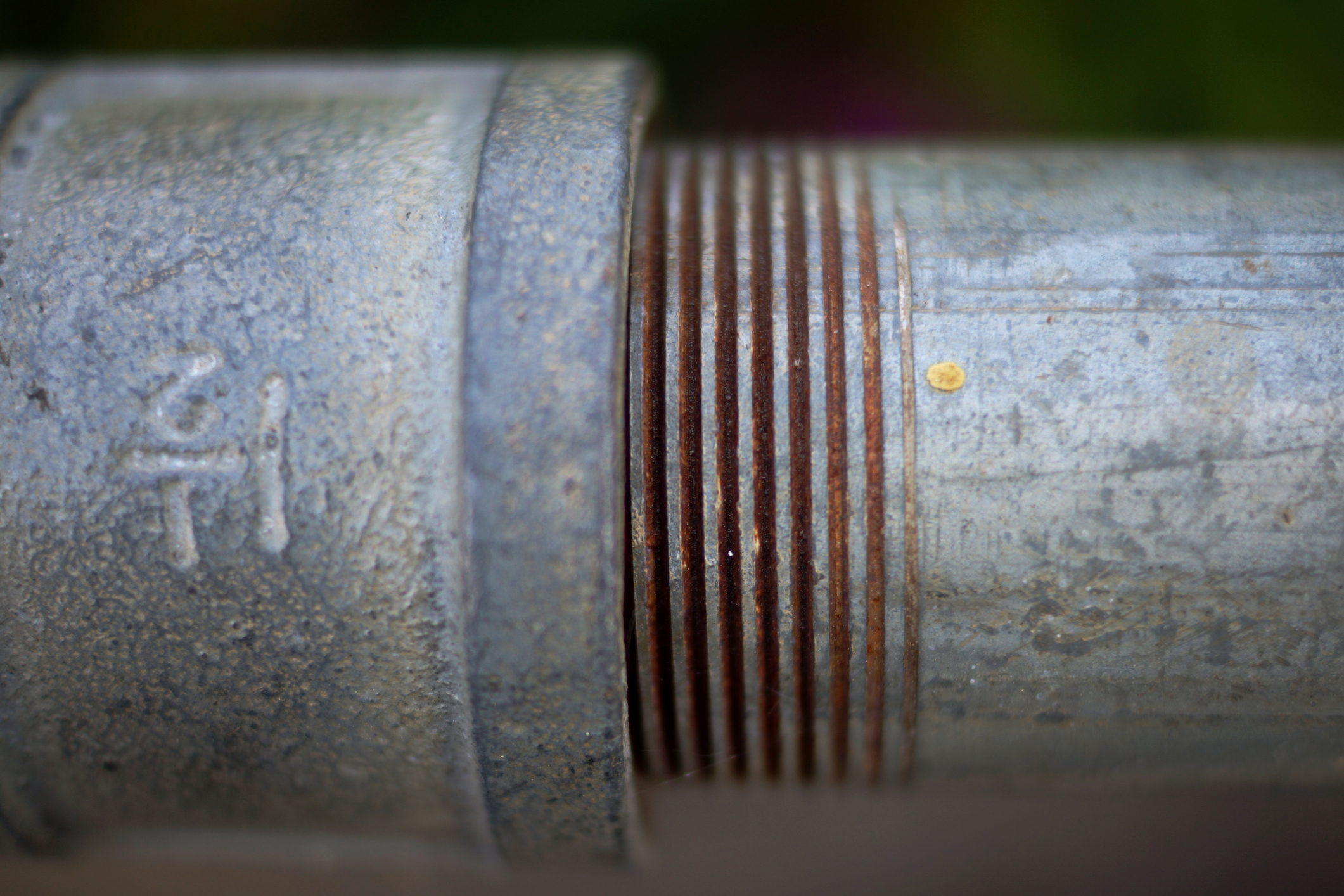Over the past 18 months, there has been a great deal of conversation regarding the importance of removing lead infrastructure in Canada: the lead up to, and release of, the new Health Canada guideline, the mainstream media investigation and coverage in the fall, and the industry response in the months that followed.
Having the issue make headlines in newspapers across Canada brought the issue to the public, stoking new concerns that existing infrastructure could be detrimental to their health. And while I haven’t seen numbers to confirm it, I am guessing some people quickly starting reaching for filtered water systems and bottled water products.
As noted by my colleague Simran Chattha in her feature on The Roadmap for Lead in the March/April edition, “the mainstream reporting led to a number of important conversations about the need to replace lead pipes in communities across Canada.” Perhaps it’s time for another one of those conversations.
One of the biggest issues surrounding lead infrastructure replacement is money. Where do municipalities, ones with hundreds of kilometres of pipes built before lead was banned under the Plumbing Code of Canada in 1975, find the money for extensive lead pipe replacement? Despite the fact that Health Canada cut the Maximum Allowable Concentration (MAC) in half, there was no funding attached to address the change. There was no inter-departmental plan to provide a program that would help address the ramifications of the adjusted guideline.
Maybe now is a good time for that to change.
As the federal government works on its infrastructure stimulus package for the country, many industry officials have suggested that the need for asset maintenance and repair should be included in the definition of ‘shovel-ready’ projects this time around. While post-2008-recession stimulus focused just on shovel-ready projects to be built from the ground up, the infrastructure deficits highlighted by municipal asset management programs show the incredible need for funding for maintenance and repair.
What better way to provide value to a community than to invest in asset maintenance that can also provide a benefit to human health? Replacement of the infrastructure would be of definite value to the municipality, and the investment would help to diminish lingering fears over the health issues that the ingestion of lead can cause.
It makes sense. Too much sense perhaps.
But there’s a catch.
Investing in lead water infrastructure replacement as part of a stimulus package would only address half of the issue. Because it does not address lead lines on the private property. To address that issue takes a funding mechanism for the owners. Perhaps in the form of a similar program to what has been done in regards to energy efficiency.
This is a moment in time where the planets could align (read federal ministries) to form a collaborative effort to remove a danger to human health and, at the same time, provide impactful infrastructure stimulus to communities in Canada.
Federal government, we hope you’re listening.















